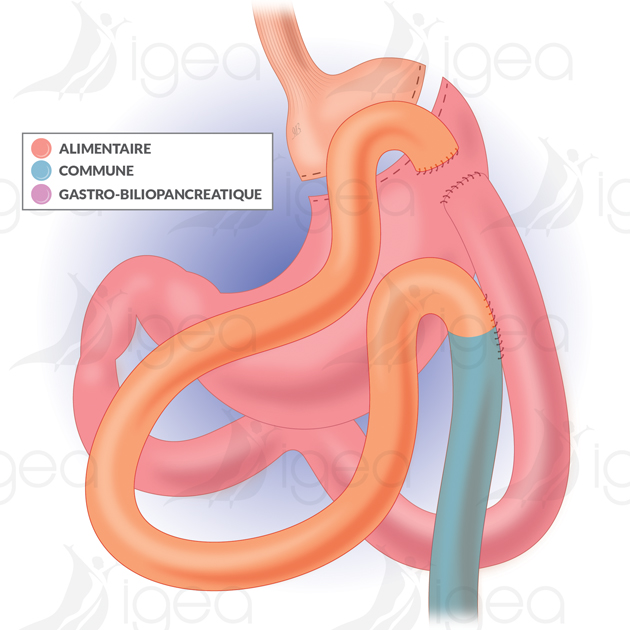Treatment of an Umbilical Hernia

Presentation
Most umbilical hernias appear during infancy.
With adults, an increase in abdominal pressure can provoke an umbilical hernia.
The possible causes include:
- Obesity
- Physical work (heavy loads)
- Chronic cough
- Multiple pregnancies
- Ascites: liquid in the peritoneal cavity, causing abdominal swelling.
An umbilical hernia is diagnosed during a physical examination.
Sometimes, blood tests or imaging studies, such as an echography or a CT Scan, are used to detect complications.
If you take aspirin, anticoagulant or anti-inflammatory medicines (for arthritis, or arthrosis, …), you should mention it to your surgeon and anaesthetist, in order to fix a date for a temporary pause for these medicines prior to your operation.
With adults, if the umbilical hernia gets larger or becomes painful, surgery is generally recommended to avoid complications: intestinal occlusion and/or peritonitis caused by a strangulated hernia.
The main aim of surgical treatment is to reposition the tissue and its hernial sac into the abdominal cavity and to repair the orifice and reinforce the weakened zone.
The technique that has been used for a long time is to make the wall tighter, under tension, by using simple, separate stitches.
The tension free techniques require the insertion of a small mesh prosthesis which provides a very low recurrence rate and better post-operative comfort.
There are 2 procedures for installing a mesh prosthesis:
- The conventional technique by making a 6-8cm incision at the level of the navel.
- Surgical treatment using keyhole surgery (laparoscopy) is mostly used for medium sized hernia with a neck less than 7cm in diameter.
- Keyhole surgery (laparoscopy) has the advantage of a short convalescence, a rapid return to physical activity, and less post-operative pain.
- This technique is now well known and used regularly. Complications are rare, but may arise. The occurrence of unexpected complications (wound to an abdominal organ, bleeding) or important adhesions, may convince your surgeon to convert the procedure to a laparotomy. Modifying the initial surgery treatment helps to rectify any problems and difficulties which have arisen.
Most patients are able to go home after the surgery, and return to their normal active life after four weeks.
Recurrence is possible but not very probable.
Riferimenti bibliografici
- Reference 1 : Test1
- Reference 2 : Test
- Reference 3 : Test
- Reference 4 : Test
- Reference 5 : Test
- Reference 6 : Test
- Reference 7 : Test
- Reference 8 : Test
- Reference 9 : Test


